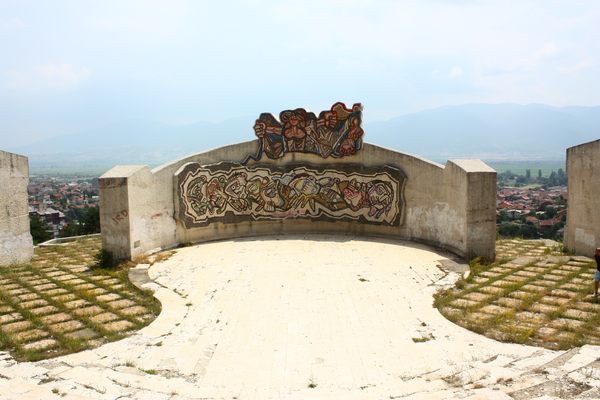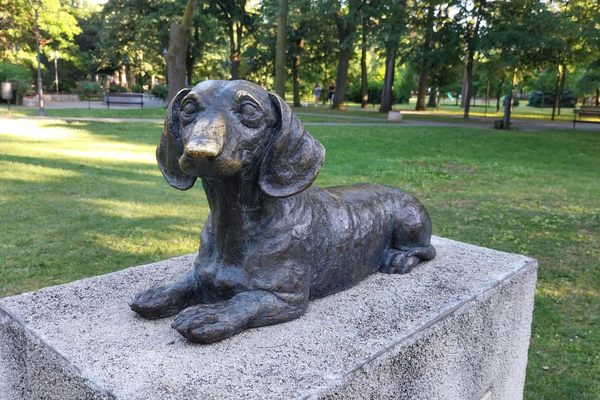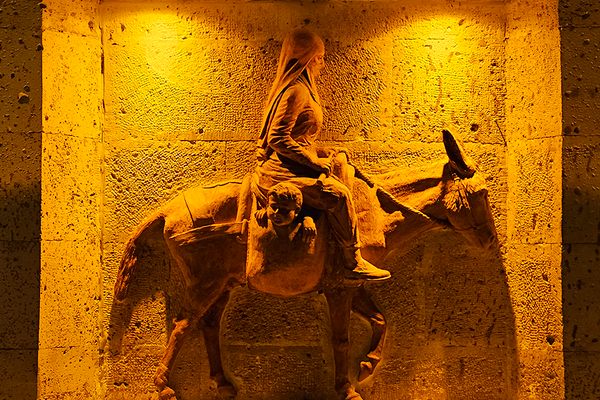About
Whenever a monument is dedicated to freedom, this term has to be unpacked. Without delving too deep into semantics, freedom can personal or collective, and it can be intended as freedom to do something, or freedom from something undesirable. The Freedom Monument in Kočani refers to the struggle of the local people against outside aggressors, focussing specifically on the tumultuous events that took place during the 20th century.
During the early 1970s, the people of Kočani started collecting funds for the construction of a spomenik (monument or memorial). Following a public contest, a design created by Gligor Čemerski and Radovan Rađenović was selected. Construction began in 1975 and lasted two years, but the official unveiling of the spomenik did not happen until 1981, coinciding with the anniversary of the foundation of the Socialist Federal Republic of Yugoslavia.
Built on top of a hill overlooking the whole of Kočani and beyond, the Freedom Monument consists of several irregular concrete panes forming an amphitheater. It showcases mosaics recalling key historical events underlining the struggle that Macedonians faced in claiming sovereignty and independence. The first event that the Freedom Monument immortalizes is the 1903 Ilinden Uprising against the Ottoman Empire. This is recalled through the image of an insurgent flying high the rebel flag that reads “Freedom or Death” in Cyrillic characters.
The most prominent mosaic stands high at the center of the panes, and it depicts the “Lady of Freedom,” a female figure holding red and blue ribbons. Most panes are placed horizontally, with the exception of two mounted on pillars. The style of the mosaics is abstract, calling to mind the cubist paintings of Pablo Picasso.
Since its unveiling, Freedom Monument has been an important point of reference for the people of Kočani. However, the demise of the Socialist Federal Republic of Yugoslavia translated into years of neglect for the Freedom Monument. As of 2022, visiting the monument felt like visiting an abandoned public space: the tiles of the mosaics were damaged, unsightly graffiti covered sections of the monument, and the concrete panes were crumbling.
Related Tags
Community Contributors
Added By
Published
October 3, 2022

















































